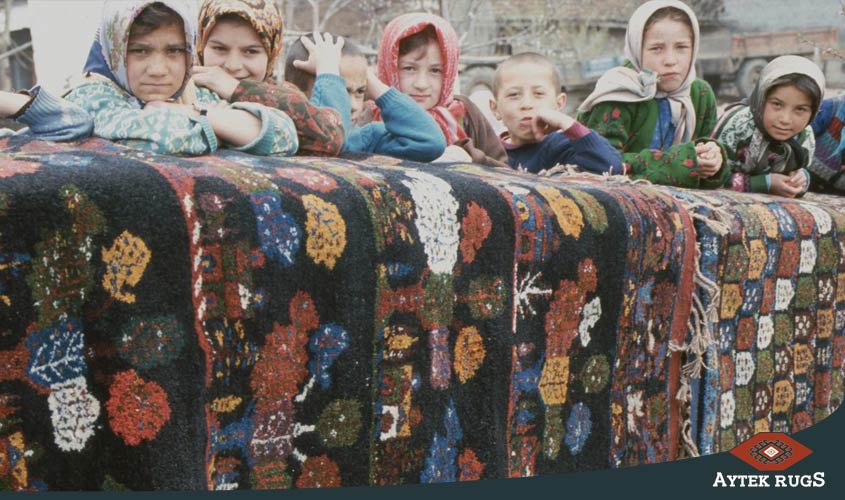Basics of Anatolia’s Carpets
Turks have been weaving oriental rugs, knotted with geometric motifs since the 11th century. It’s been discovered long before Persian rugs. In the 17th Century, under the Ottoman Empire’s effect, Sultans choose Persian carpets with more complex patterns. This caused to reduce for numbers of artisans and change in their styles. Also with the influence of Islam, […]
Basics of Anatolia’s Carpets Read More »

